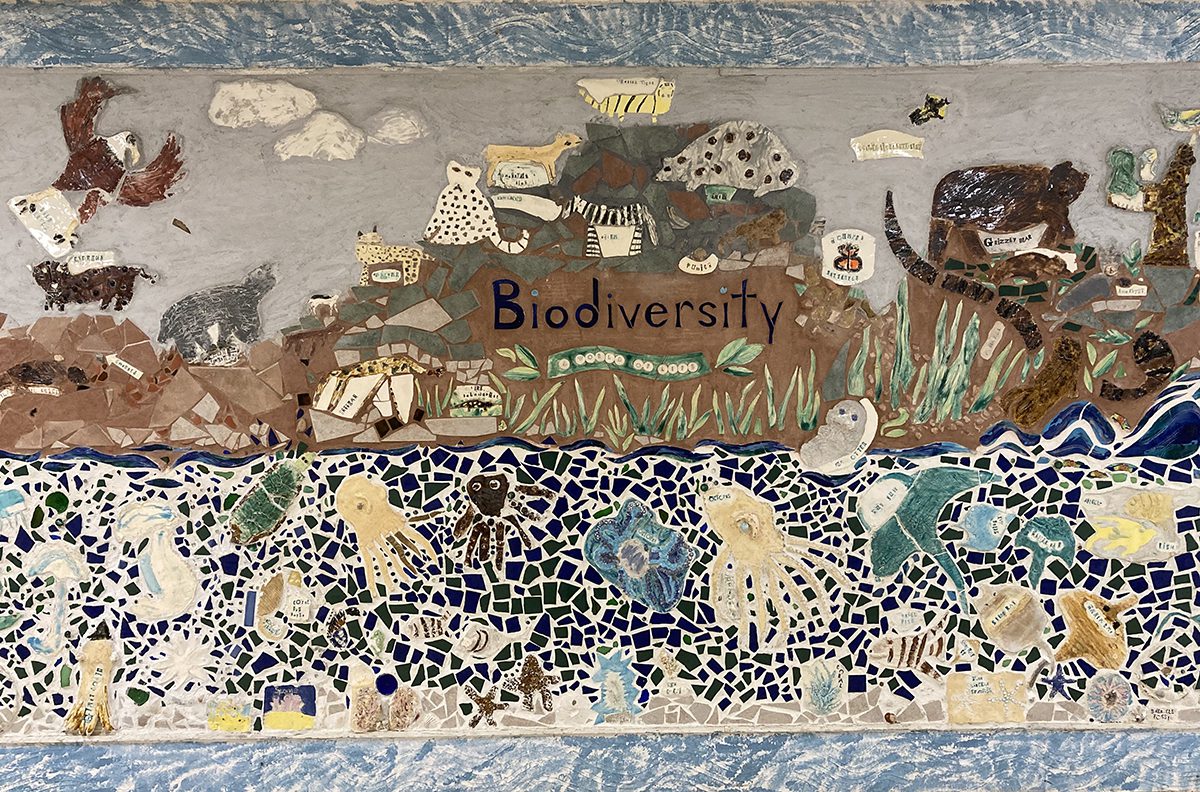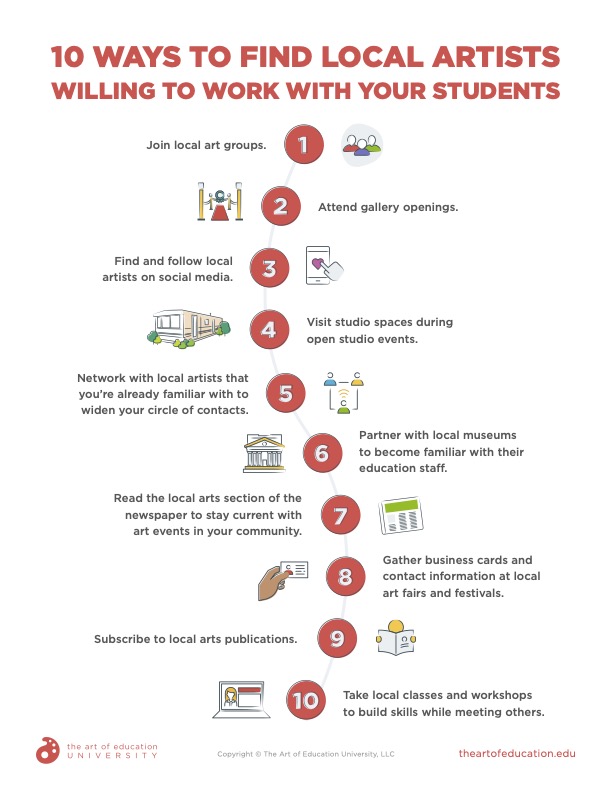Art teachers are like creative superheroes. From mastering blind contour drawings to effortlessly throwing a bowl on the pottery wheel, we can do it all, and we can do it in front of an audience. Your skills range to address the wide variety of classes and projects that fall under your curriculum. So what happens when you feel like your skills aren’t up to par? Do you take a class, head to the internet, or plead for help in social media groups?
One option that can benefit both you and your students is inviting a teaching artist into your art room for a residency. Immersing your classroom of learners in an artist residency engages creative expression in a way that showcases art beyond the traditional classroom walls. In this article, we will learn how welcoming a resident artist into your classroom can make an impact that lasts a lifetime.
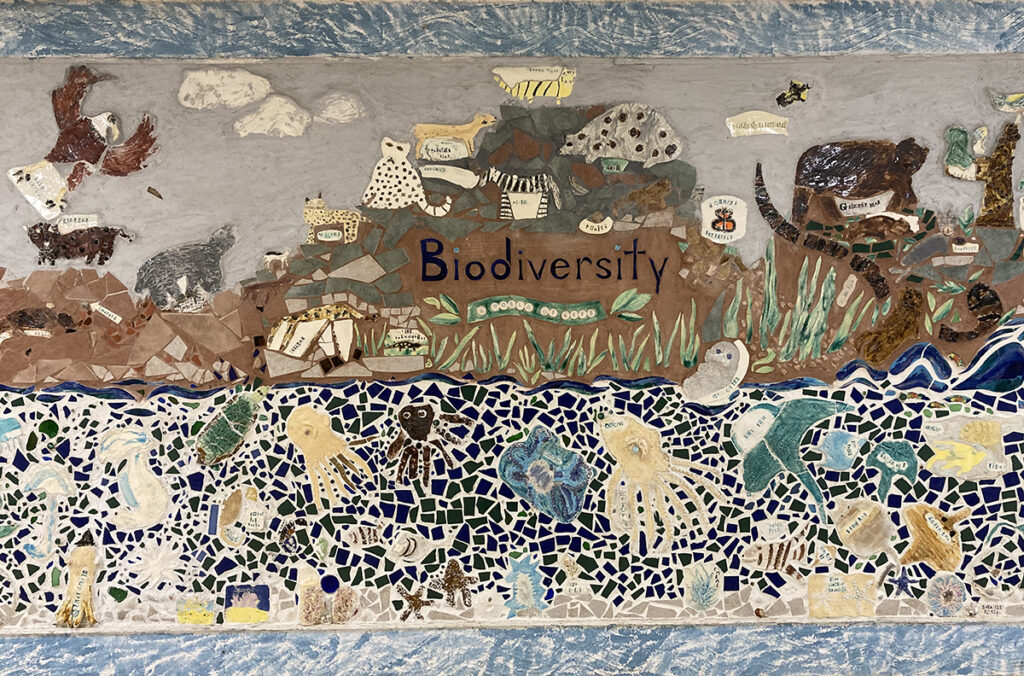
What is a resident artist?
If you are wondering what exactly a resident artist is, let’s first consider your role as an art teacher. You may have chosen art education because you love creating and want to teach others about art. Picture yourself teaching about your favorite artist, sharing your artwork, or offering an artmaking experience that features something in your wheelhouse. As an artist yourself, you get super excited to share your own artistic passions as part of the curriculum. This is a glimpse into what it’s like to be a resident artist.
Resident artists work collaboratively with teachers to bring quality learning experiences to schools and communities through extended projects or sequential workshops. These artists tailor their residency to meet curricular needs. They also focus on creative expression and discovery during the artistic process. Artists offer residencies based on their creative expertise, such as paintings or murals, ceramics, or tile mosaics, just to name a few. Locating artists for a residency can be as easy as asking your own artist friends, contacting a local arts council, or exploring options from your art director or supervisor.
It can also be as easy as checking out this download. It provides you with 10 Ways to Find Local Artists Willing to Work With Your Students. Find more resources like this in our Pack, Partnering With Your Local Art Community in PRO Learning.
Download Now!
Let’s explore three ways an artist residency can benefit you and your students.
Inviting another teaching artist into your art room has a lot of benefits for both you and your students. Partnering with local artists brings different perspectives, builds school and community relationships, and engages the curriculum in a meaningful way. Working with an artist can extend knowledge and build your skill set in a medium you may want to explore or grow in alongside your students.
1. Brings Awareness
Welcoming a local artist for collaboration brings awareness to the importance of art and creativity in life. Art connects all of us beyond projects in art class. We see art everywhere, from our clothing to the furniture filling our homes. Art is both functional and decorative. Residencies may often culminate with larger artwork that can be permanently exhibited in the school or community, like this initiative. When collaborative artwork is prominently displayed, it brings awareness to the powerful ways art impacts us all.
For some artists, a residency acts as an avenue to explore and inform youth about careers in art. Teaching artists are often entrepreneurs and business owners who sell their art to make a living or supplement their income. While not all of your art students will pursue art beyond their high school years, the transferable skills they learn in your classes meet 21st-century demands.
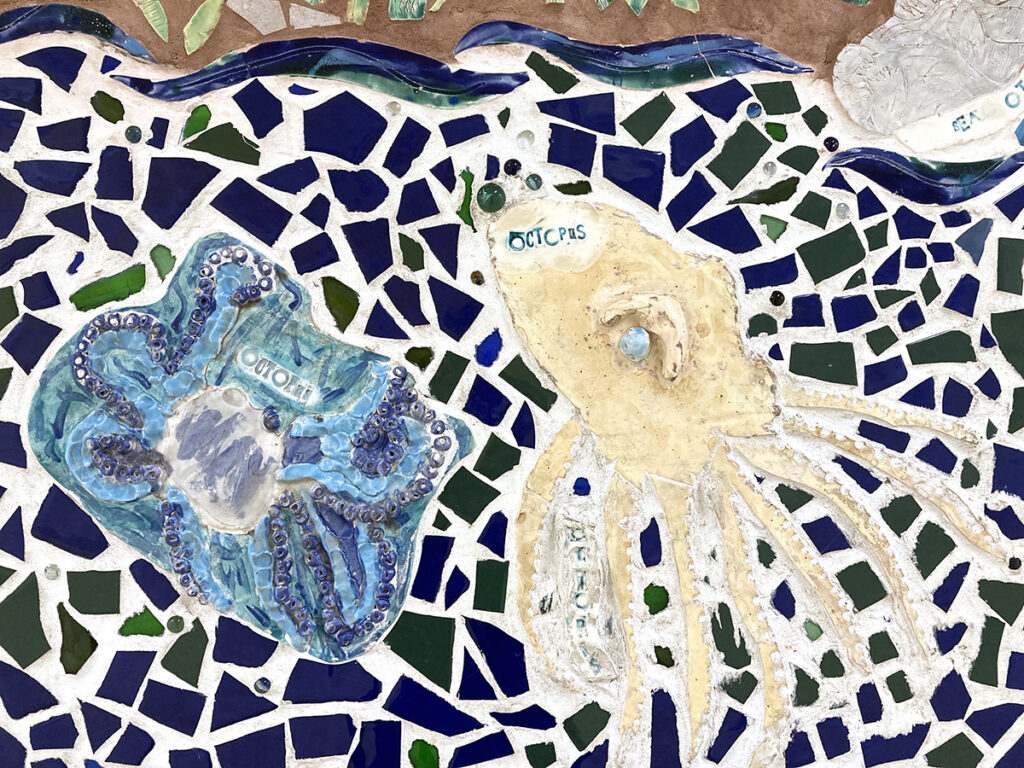
To learn more about how artist residency programs can impact future career choices, check out these resources:
- 60 Visual Arts Careers to Discuss With Your Students
- Teaching Skills for the 21st Century: Creativity
- Why Visual Culture Should Impact Our Curriculum
- How Art Teachers Are Helping Build the Next Generation of Leaders
- 4 Fresh Art Lessons to Spark Interest in 16 Different Careers
- The Essential Framework for Teaching Creativity
- 21st-Century Skills in the Art Classroom
2. Provides Direct Connections
As part of the planning, include brainstorming and mapping out specifics of the residency as it connects to your curriculum. Once you and your teaching artist decide to collaborate, schedule a meeting to hash out the details. Because artists are experts when it comes to the creative process, making direct connections to the National Core Arts Standards will come naturally.
Let’s say your collaborative project is a large-scale mural in a prominent hallway in your school building. Aligning your vision to the creative process with the NCAS can look something like this:
- Anchor Standard #1: Generate and conceptualize artistic ideas and work.
Brainstorm in small groups based on a theme reflecting the culture and life of the school’s community. Guide students through finalizing ideas and creating sketches for the mural. - Anchor Standard #6: Convey meaning through the presentation of artistic work.
Select and design imagery to represent the chosen theme. Deepen the discussion around symbolism and how it connects to the school.
You and your teaching artist can align the residency with your current curriculum. You can also bring new life to old lessons. Partnering with your local art community can provide a guided path to explore art lessons and ideas outside of your normal curriculum, building new experiences for you and your students at the same time.
3. Empowers You!
One of my favorite things resulting from working with resident artists over the years has been the feeling of empowerment from the learning experience. When you choose a teaching artist to work within your art room, you can partner with someone who can help you grow as both an artist and an art teacher.
When I graduated from college, the idea of teaching ceramics to students was intimidating. As far as I was concerned, working with clay was my weakness, let alone knowing how to fire a kiln! An opportunity to invite a resident artist into my art room allowed me to work with a ceramicist who also specialized in tile mosaics. We had such a wonderful time together that I invited her back the following two years. During our residencies, I learned alongside my art students. We infused simple hand-building techniques with innovative projects that stretched everyone’s imagination. The residencies boosted my confidence and led me to lead larger projects independently.
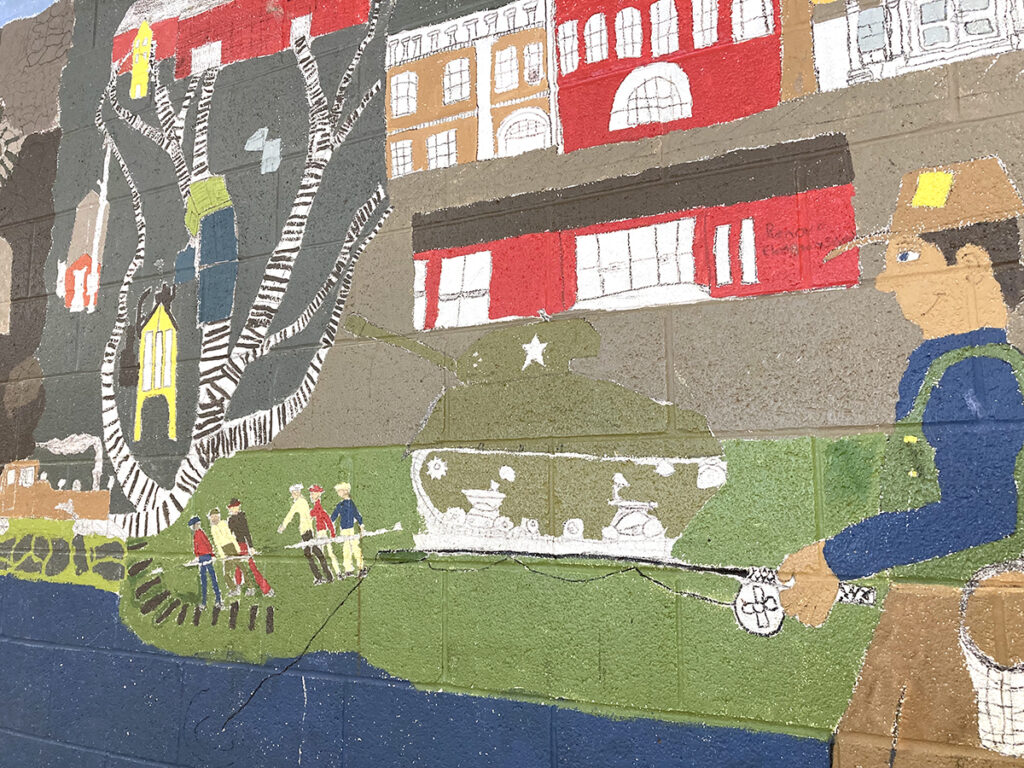
I have been fortunate to work collaboratively with several teaching artists over the years. Each experience led to growth, creativity, and inspiration for myself and my students. If you host a resident artist, it will intentionally invite awareness to art, and it will build lasting relationships. Working with a teaching artist enhances your curriculum and aligns it with standards while empowering you to take on bigger challenges with confidence. The next time you are looking to brighten your art room and expand your repertoire, invite a resident artist for inspiration.
National Core Arts Standards (2015) National Coalition for Core Arts Standards. Rights Administered by the State Education Agency Directors of Arts Education. Dover, DE, www.nationalartsstandards.org all rights reserved.
NCAS does not endorse or promote any goods or services offered by the Art of Education University.
What experiences do you have working with teaching artists?
How can you advocate for an artist residency program in your school?
Magazine articles and podcasts are opinions of professional education contributors and do not necessarily represent the position of the Art of Education University (AOEU) or its academic offerings. Contributors use terms in the way they are most often talked about in the scope of their educational experiences.
